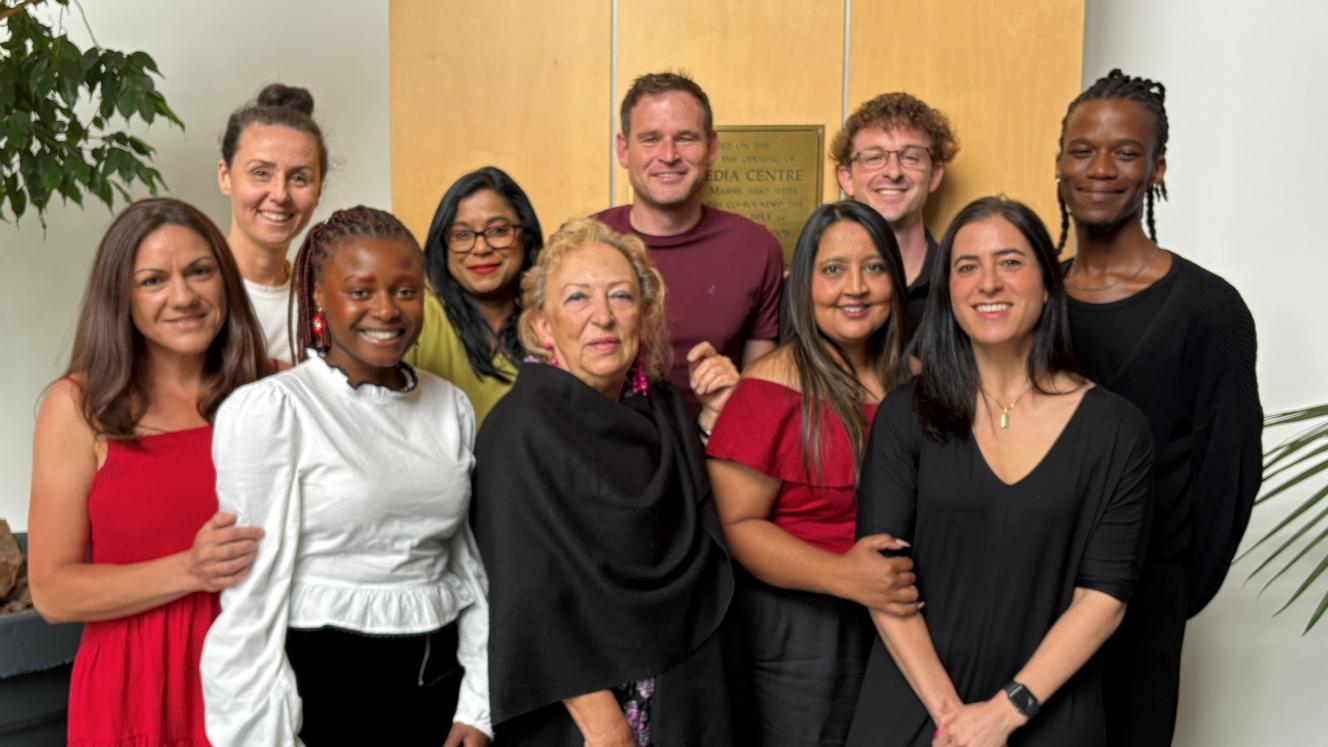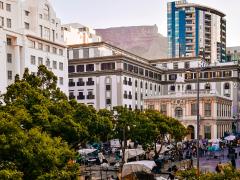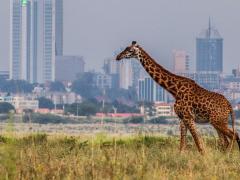Diani Airport is undergoing a major upgrade, which stakeholders believe will unlock tourism growth on the Kenyan coast.
Formerly known as Ukunda Airstrip, the facility is being transformed into a regional airport with potential to handle larger aircraft, attract new routes and open up the region to a broader range of travellers.
Now 90% complete, the project includes a new taxiway, upgraded drainage, a larger apron for improved aircraft handling and a runway extension that accommodates larger planes, like the Bombardier Q400, enabling more frequencies by airlines such as Jambojet and Safarilink.
While still a work in progress, the upgrade has addressed a longstanding pain point of accessibility, and unlocked new opportunities for domestic, regional and eventually international tourism.
Håvar Bauck, Founder of HotelOnline, said: “The ultimate goal is to elevate the airport to international status.” However, a firm timeline has not yet been established, he added.
The new terminal building is currently out for tender while the improved runway is already operational, allowing mid-size aircraft to land – something that was previously impossible.
Sam Ikwaye, Executive Officer of the Kenya Association of Hotelkeepers and Caterers, said: “It has led to a noticeable increase in tourist arrivals and opened up more trade in the region. The renaming of the airport from Ukunda to Diani also boosted destination branding.”
With the improved runway, new routes are opening up. Stakeholders expect to see connections from Eldoret, Kisumu, Kitale and even Isiolo or national parks such as Maasai Mara and Amboseli.
“There is even potential for direct flights to Diani from Entebbe, Rwanda or Mwanza,” said Bauck.
Protectionism an obstacle
Despite these improvements, industry leaders caution that infrastructure alone won’t solve Kenya’s tourism accessibility challenges. Bauck emphasised the importance of liberalising Kenya’s air access policy.
“One of the biggest obstacles is the protectionist stance that favours national carriers and discourages competition. This keeps ticket prices high and limits route options,” he noted.
Bauck pointed to Zanzibar as a success story where liberal air access has resulted in return fares from Nairobi dropping to as low as US$270. “July arrivals in Zanzibar hit an all-time high of 106 000. This is clear evidence that open skies work. Kenya would do well to learn from this,” he said.
Need for more airport investment
Beyond Diani, stakeholders are also calling for major improvements at other coastal airports. Malindi, for instance, has long been seen as a sleeping giant in terms of tourism potential. However, poor connectivity continues to hold it back.
Italian charter flights still land in Mombasa, requiring road transfers of two to three hours to Watamu or Malindi. “If Malindi Airport was upgraded to receive direct international flights, it would save travellers a lot of time and open up unexplored areas like Gongoni, which has some of the most beautiful and untouched beaches,” said Monika Solanki, Chair of the Kenya Association of Tour Operators Coast and MD of Lofty Tours.
Mombasa’s Moi International Airport is also ripe for transformation. Solanki argued that a completely new terminal, comparable to Zanzibar’s Terminal 3 run by Dubai’s dnata, is urgently needed to elevate traveller experience.
“The current facility is outdated and uninspiring. A modern terminal would not only handle larger volumes but also change the perception of Mombasa as a global tourism gateway,” she said.
While runways and terminals are important, making the coast a globally competitive destination will require a broader vision. Professionalism in service delivery, regulation of beach vendors and creative urban planning are all part of the equation.
“One of the biggest challenges we have is trading on the beach,” said Solanki. “These are recreational spaces, not open-air markets. We need to create organised, beautiful market areas like the souks in Istanbul where traders can sell authentic Kenyan-made products. No more mass-imported items from China. Let’s support ‘Buy Kenya, Build Kenya’.”
Solanki also sees potential in Mombasa Old Town, which could be transformed into a pedestrian-friendly zone with boutique shops, craft stores, cafés and cultural experiences.
“Right now, it’s in a sad state but it has all the ingredients to be the next Stone Town or Lamu,” said Solanki.














